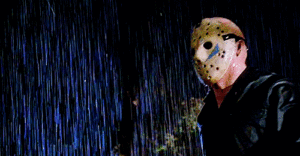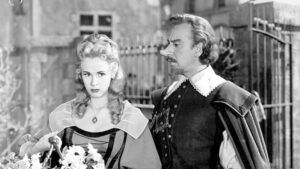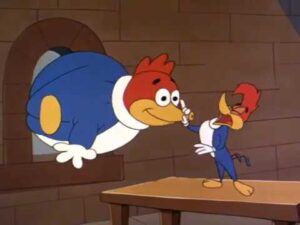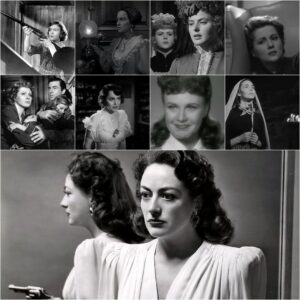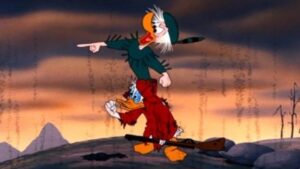Napoleon (1927)

…………………………………………………
Napoleon Movie Review
Napoleon is a 1927 French silent historical film directed by Abel Gance and starring Albert Dieudonne in the titular role. It’s a flawed, but technically impressive epic.
The movie portrays the early life of French ruler Napoleon Bonaparte, beginning with his childhood and ending with a successful military campaign in Italy. A native of Corsica, Napoleon becomes a staunch supporter of his island home, but eventually flees due to conflicts with its leadership. Once settled on the French mainland, Napoleon begins his climb up the military ranks. This is considered to be one of the greatest and most ambitious movies of all time, and although I do find it to be too flawed to be truly amazing, I still respect it for its many innovations.
………………………………………………….
…………………………………………………..
Watching this movie in the 21st century, you are constantly amazed and befuddled at the impressive technicalities that you are seeing. It is truly a picture that seems stuck in time as this type of experimentation was never done before and it will never be done after this movie’s release. It’s an entirely singular achievement in the history of cinema.
The cinematography is astonishing. In an era of static cameras and limited movements, Napoleon felt very much alive, which in itself was a huge accomplishment. The use of extensive close-ups was powerful and unprecedented during that period, which certainly made the movie more intimate and modern in its approach. The film also makes great use of multiple cameras, kaleidoscopic images (more on that later) and a particularly adept usage of film tinting. Every scene or section of the story is colored differently, corresponding accordingly to the scenes’ various moods.
The most powerful technique utilized here is superimposition. There is one sequence where that superimposed imagery is at its most impressive. I am of course talking about the ghosts in the parliament sequence that is astonishingly powerful in its otherworldly, fantastical feel. We see the ghosts of past superimposed onto the scene and it looked downright futuristic in its presentation.
………………………………………………….
…………………………………………………..
The kaleidoscopic finale was also majestic and perfectly accompanying the epic scope that was intended for this final stretch. In here, multiple images are divided on the screen, resulting in basically three different movies portraying different backgrounds all put onto one screen. It didn’t fully work, but this remains the most admirably ambitious undertaking of the film. But my personal favorite scene is the one near the beginning where the children are throwing snowballs at each other. This was the most kinetic and joyous moment in a film that became truly alive in that scene. Unfortunately, it would never reach this level of epic entertainment afterward.
My main issue with 1927’s Napoleon is the story itself and the characters. Abel Gance directed the film with such panache, style and confidence that he should be applauded for this idiosyncratic accomplishment. However, in striving to be as technically ingenious as possible, he forgot to imbue the film with a meaningful story or memorable characters. It’s fine for a biopic and it does acquaint you with the life of this famous historical figure very well, but too often the film would drag due to troublesome pacing, a ridiculously long runtime of over five hours and an overemphasis on exchanging letters and prolonged speeches that made it too literary in the middle section in particular.
………………………………………………….
…………………………………………………..
The characters also needed more work. The performers are for the most part quite good, but none are truly brilliant, which was an issue for such a long film. The actor portraying Napoleon himself is visually striking, but hardly great. For such an epic runtime, we really needed to have seen more of the other characters, who are uniformly forgettable and underdeveloped. The protagonist is the only one who got a meaningful arc and even he was only serviceable. The filmmaker’s treatment of this historical figure is one tinted in rose-colored glasses, which made the entire movie biased and one-note.
But Napoleon is still worth seeing for the sheer spectacle that it provides. The score is also absolutely incredible and timeless in its incorporation of classical music. The editing is strong, but the movie’s pace is overly slow in the mid section. There are many cinematic moments that transcended the otherwise overly speech and exposition-heavy approach to many other scenes. The production design, costumes and attention to detail are all mesmerizing and the action sequences are absolutely incredible with the war scenes on horses being surprisingly modern in their aesthetic. Overall, I admired this picture, but I just wished for a stronger narrative myself.
………………………………………………….
…………………………………………………..
1927’s Napoleon directed by Abel Gance is one of the most technically impressive and innovative films in the history of cinema. It is such a singular achievement that it seems stuck in time as this level of experimentation was never done before and it will never be attempted ever again. The extensive close-ups, moody tinting and effortless superimposition were particularly astonishing to witness. The snowball fight at the beginning was my favorite sequence, but the ghosts of parliament scene was pleasantly otherworldly, and the kaleidoscopic finale was brilliant in its originality. In attempting to be as innovative as possible, the filmmaker failed to imbue Napoleon with a meaningful story and strongly developed characters. It’s also a very demanding watch as its five-hour runtime was staggering. But still, this is an impressive achievement that is so epic in scope, so inherently cinematic and so bewilderingly accomplished that it needs to be seen to be believed.
My Rating – 4







